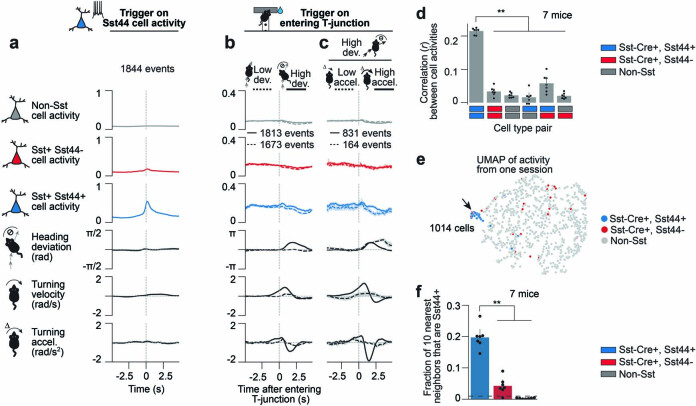Extended Data Fig. 11. Sst44 cells in retrosplenial cortex do not activate during corrections for heading deviations.
a, Activity in RSC and behaviour averaged over large bursts of Sst44 cell activity (smoothed Sst44 cell activity > 0.4). b, Activity and behaviour as the mouse entered the T-junction, split based on whether this was followed by a large (> π/6) or a small (< π/12) heading deviation. Left and right deviations were pooled after inverting behaviour for left deviations. Selection criteria were evaluated at +1.5 s after entering the T-junction. c, Same as b, splitting trials with a high deviation based on whether the mouse corrected strongly (turning acceleration > 1 rad/s2 in the opposite direction) or weakly (< 0.50 rad/s2). d, Pearson correlation between cells of each cell type. Kolmogorov-Smirnov test, Sst44+/Sst44+ pair vs other cell type pairs, p < 0.01. e, UMAP projection of each cell’s activity from a sample session, showing clustering of Sst44 neurons. f, Fraction of 10 nearest neighbours in activity space that are Sst44+. Dashed line: mean after shuffling cell type identities. ** p < 0.01, Kolmogorov-Smirnov test. These data for RSC were collected on interleaved PPC sessions from the same mice as in Fig. 5. In d–f, activity was smoothed with a 0.25 s gaussian filter. 7 mice, 23 sessions. Mean and bootstrapped 95% confidence intervals are shown.

